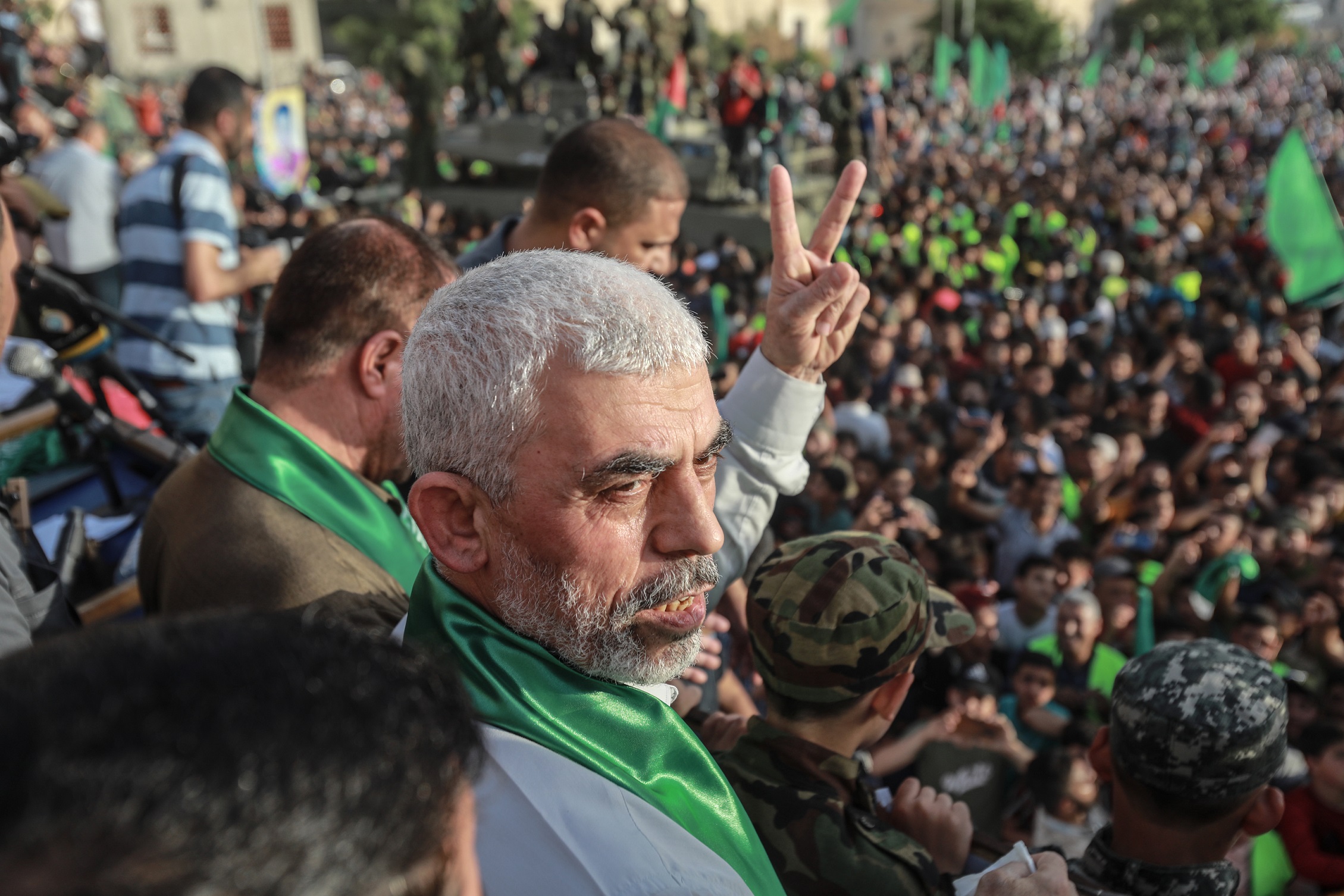Publications
INSS Insight No. 1601, May 29, 2022
A cognitive campaign is taking place between Hamas and Israel, that is, a campaign over determining the “narrative” that will dictate the perception of the achievements of each side in the local, regional, and even global arenas. Hamas is investing great effort to inflate its image of power vis-à-vis Israel as it beleaguers Israel in five arenas: the organization is threatening rocket fire and terrorist actions from the Gaza Strip, presenting itself as the defender of al-Aqsa in Jerusalem, operating “resistance” activists in the cities of the West Bank and among Arab citizens of Israel, and launching rockets from Lebanon. In practice, Hamas is mainly taking advantage of riots and terrorist attacks rather than generating them. Hence, Israel faces a systemic challenge of thwarting or at least disrupting the sophisticated cognitive campaign that Hamas is waging against Israel. This article analyzes what is at the basis of the narrative that Hamas has created, examines Israel’s part in cultivating it, and concludes with principles and steps that could change the face of the cognitive campaign in Israel’s favor.
A cognitive campaign is effective when it is employed massively and systematically, combining overt declarations with quiet, behind-the-scenes or behind-the-keyboard measures that propel groups or lone attackers to take action. In this way, for a long time now, Hamas has succeeded at instilling messages in the Palestinian public that suit Hamas’s strategy. The Israeli public is also buying Hamas’s messages and attributes it with much greater strength than its actual capabilities. The terrorist attacks and riots that have taken place in the last two months, including under the inspiration of Hamas, have taken a heavy toll of Israeli lives and have received large-scale and intensive media coverage, creating a sense of anxiety among the public.
The cognitive campaign that Hamas has been waging since Operation Guardian of the Walls in May 2021 serves several strategic purposes. One is shifting the current focus of the war away from the Gaza Strip, where Israel can cause it serious damage through direct military activity, and toward the arenas of East Jerusalem and inside Israel, where its direct involvement is much less overt and where it is seen mainly as helping others cause friction with Israel while maintaining its image as the instigator of violent incidents. Thus, Hamas foments the agitation without having to pay a price in Gaza, even though Israel in recent months has seen Hamas as “the hand that rocks the cradle.”
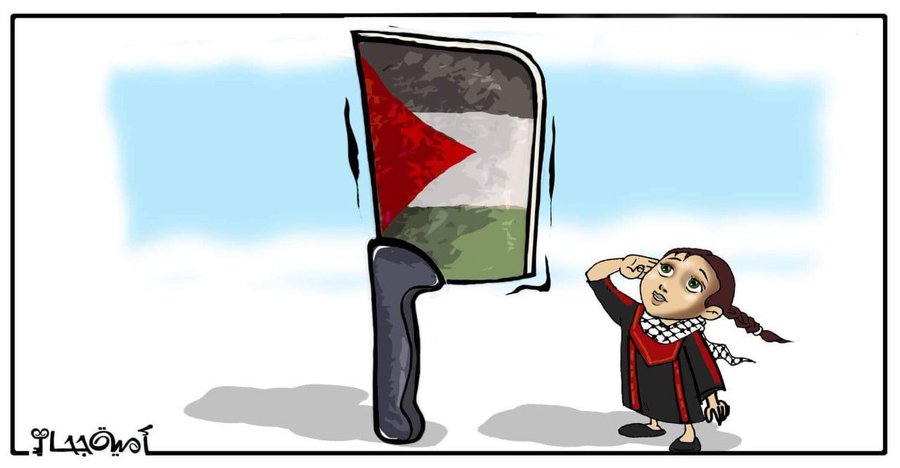
Hamas has framed Operation Guardian of the Walls as having taken place in order to maintain Muslim sovereignty over the al-Aqsa Mosque, even though the conflict with Israel took place mainly between the Gaza Strip and Israeli cities. The name that Hamas chose to give the conflict was “the sword of Jerusalem” (saif al-Quds) due to the clear religious connotation of the term, while Israel, to its detriment, helped the organization when it called the military operation “Guardian of the Walls.” At the end of the operation, Hamas succeeded in instilling in its various target audiences the narrative that it had the upper hand, thus strengthening its image as the defender of the holy places in Jerusalem, while concealing its operational failures in the background.
A year after Operation Guardian of the Walls and following a series of terrorist attacks in Israel in recent months, there is a growing cognitive campaign led by Hamas. Its main messages are:
- It is Hamas that is behind the series of terrorist attacks in Israel as well as the uprising at the Temple Mount and in various places in the West Bank and the launching of a rocket from Lebanon on April 25. The organization even took direct responsibility for the terrorist attack in Ariel, even though it was not responsible for it. Hamas praised and glorified the perpetrators of the attacks, including those carried out by its rivals identified with ISIS. This taking of responsibility also expressed Hamas’s deep frustration at the thwarting of dozens of attacks against Israel during the month of Ramadan, some of which were planned by the organization.
- Inflaming the tensions surrounding the Temple Mount and highlighting the regional and global dispute regarding sovereignty at the compound, in order to increase political pressure on Israel.
- Consolidating Hamas’s image and position as leading the direct Palestinian struggle against Israel.
- Intervening in Israeli domestic politics by placing direct pressure on Ra’am (the United Arab List) to resign from the government.
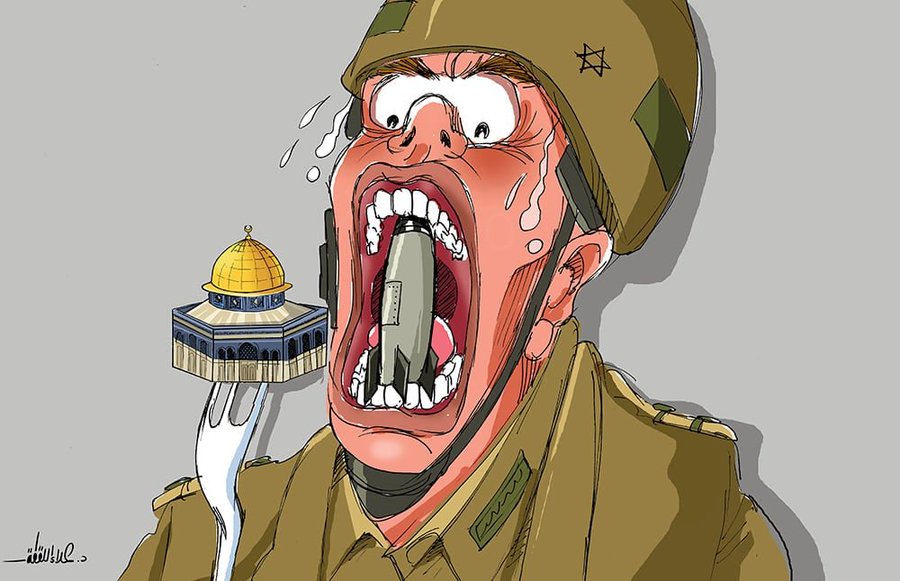
The impression of a powerful Hamas that can simultaneously operate several arenas of attacks against Israel is also expressed in speeches and threats by senior Hamas officials. Ismail Haniyeh repeatedly claimed that Jerusalem and al-Aqsa Mosque are at the heart of the conflict, and even bragged that the resistance led by Hamas is what is currently determining the balance of power in the region. The leader of Hamas in the Gaza Strip, Yahya Sinwar, threatened that the continued entry of Israeli police forces into the Temple Mount would ignite a regional religious war, mocked Israel in saying that it was as weak as spider webs, and called on every Palestinian to take up a rifle, knife, or ax and go murder a Jew.
After investigating the six terrorist attacks that took place during the past two months, which took the lives of 19 Israelis, officials in Israel’s security forces noted that no direct connection was found between their perpetrators and Hamas. This conclusion fits Hamas’s strategy – waging a cognitive campaign, mainly in the digital realm, whose essence is incitement and agitation, but without evidence of any direct connection between it and the attacks, and consolidating the organization’s image as leading the armed resistance against Israel and as responsible for the sense of anxiety that the attacks have caused among Israel’s citizens. This is mainly due to the image of the Palestinian Authority, the organization's main rival, as weak, corrupt, and collaborating with Israel.
Israel’s Policy
Israel is falling into the pit that Hamas has dug for it. Anxiety and the weakening of personal security are understandable feelings following the occurrence of lethal terrorist attacks. However, the institutional media and social networks in Israel have supported this atmosphere by repeatedly providing direct broadcasts of difficult and unfiltered sights of blood, killing, and chaos from the scenes of the attacks – sometimes also in the name of a political or populist interest.
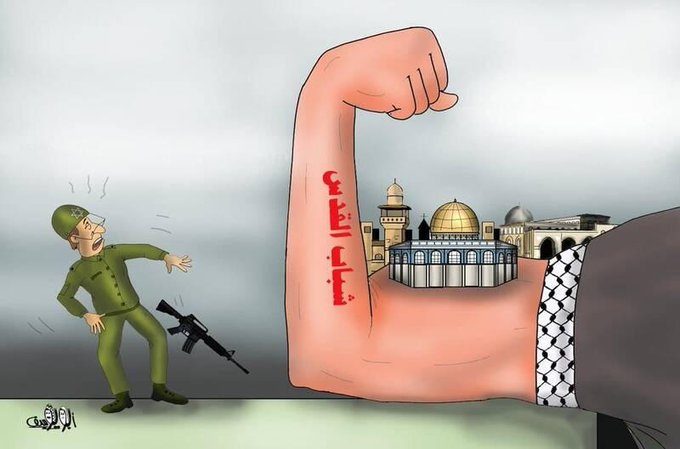
In order to effectively cope with Hamas’s policy in the cognitive battlefield, it is recommended that Israel pursue the following measures:
First, media figures, experts, and commentators should ensure professional commentating based on facts while using professional judgement and awareness of the cognitive campaign being waged against Israel when they unequivocally attribute responsibility for the terrorist attacks and riots in Israel to Hamas. Unchecked repetition of the adversary’s messages without an in-depth understanding is a force multiplier for the perpetrators of terrorism, who count on the Israeli media to promote and enhance their messages.
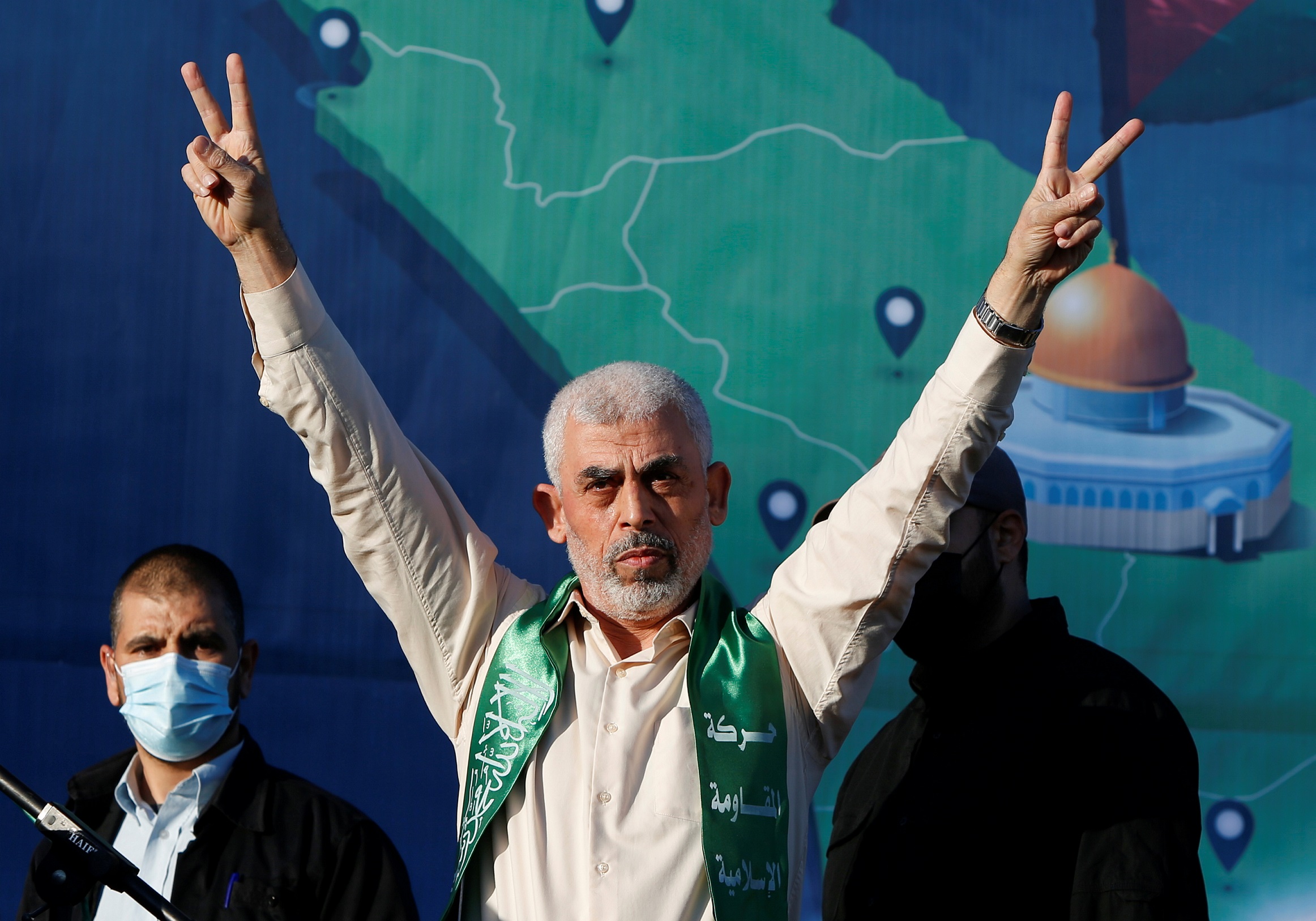
Second, the terrorist attack in Israel’s cities and the riots that took place recently in Jerusalem demonstrate that Israel needs to give attention to the offensive dimension of the influence on the Palestinian and other target audiences, in addition to the action in the defensive dimension and to disrupting Hamas’s incitement and propaganda efforts among the Palestinian target audiences and the international and regional arenas. In the face of the campaign that Hamas is waging, a combined offensive and defensive Israeli campaign is needed that will synchronize the various efforts and disrupt the adversary’s cognitive actions in a broad and continuous manner. This combined action is needed routinely and of course in times of crisis – as was expressed last month by enlisting all of Israel's security forces (the IDF, ISA, Ministry of Foreign Affairs, and National Information Directorate), as part of the national influence effort, while developing and expanding the defensive dimension.
Third, in the international arena, where the Palestinians usually enjoy support and identification due to being the weaker side in the conflict with Israel, it is necessary to increase activity mainly in the digital dimension. Israel should take action on a routine basis to establish confidence and credibility for its cognitive campaigns and to convey its messages, while enlisting influencers in Israel and worldwide as well as the general public in Israel and abroad.



